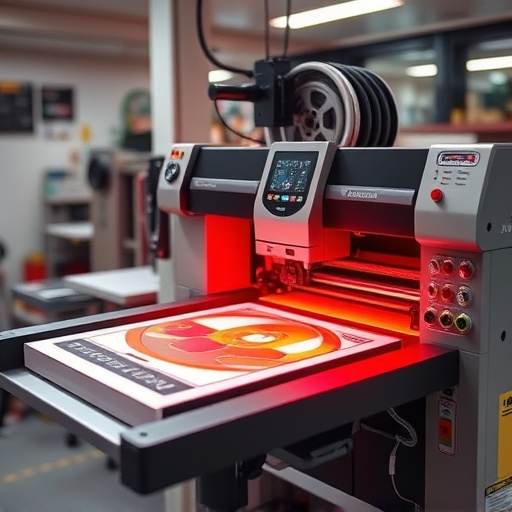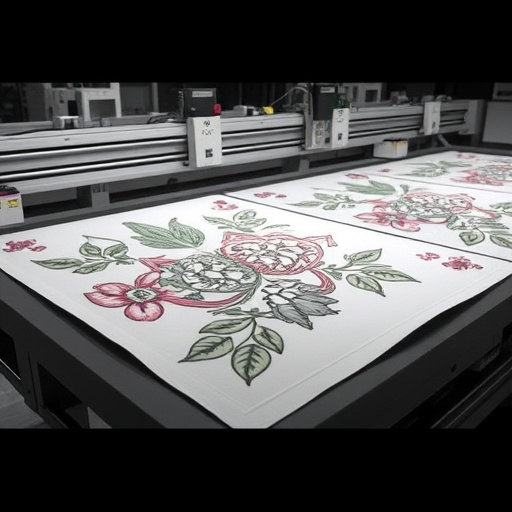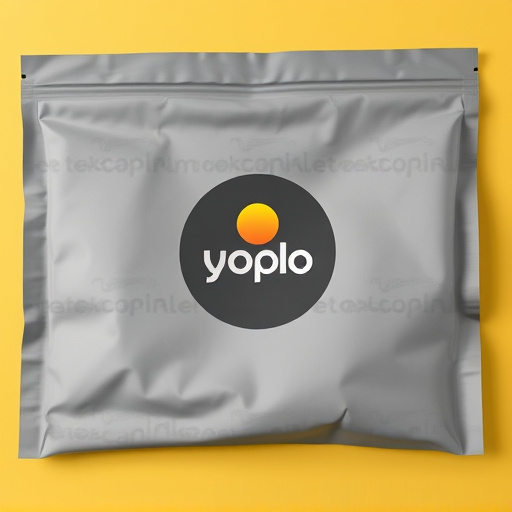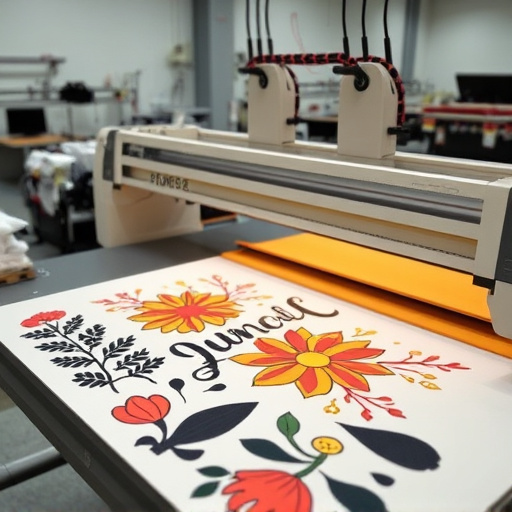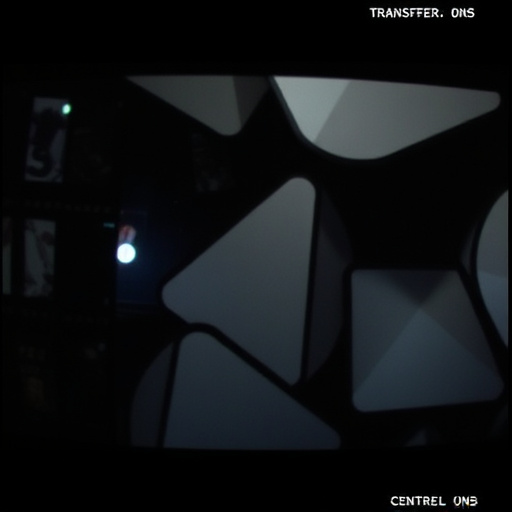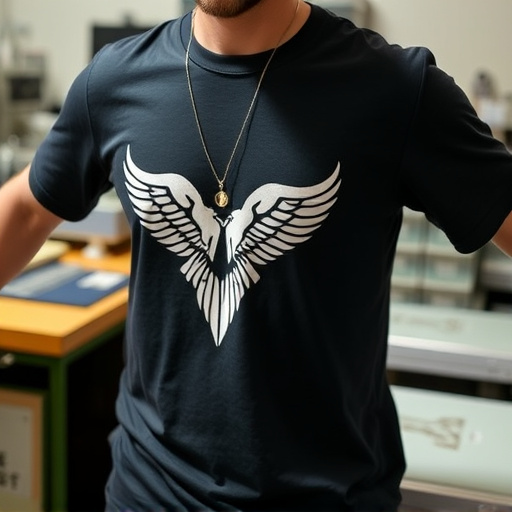In the DTF Market Trends, personalization and speed are key drivers. Advanced printing technologies like DTF heat transfer film enable quick creation of customized garments, meeting consumer demands for unique apparel. This shift transforms manufacturing, with businesses investing in innovative solutions to enhance customization capabilities and production speed, ensuring competitiveness in a dynamic market.
In today’s competitive landscape, personalization and speed are redefining the dynamics of the Direct-to-Consumer (DTF) market. As consumers demand tailored experiences, brands are investing heavily in technology to offer customized products and services at unprecedented speeds. This article explores how personalization is becoming the new customer experience standard, analyzes the push for efficiency through streamlined processes, and delves into the market’s evolving nature, all while highlighting key DTF market trends.
- Personalization: The New Customer Experience Standard
- Speeding Up Processes: Efficiency in Digital Transformations
- Market Dynamics: Adapting to Evolving Consumer Demands
Personalization: The New Customer Experience Standard

In today’s digital era, personalization is no longer an option but a necessity for businesses aiming to thrive in the DTF Market Trends. Customers expect tailored experiences that cater to their unique preferences and needs, and this shift has dramatically transformed how brands interact with their audience. Personalization allows for a deeper level of engagement by offering customized products and services, ensuring each customer feels valued and understood. This strategy is particularly effective in the direct-to-garment (DTF) industry, where businesses can utilize advanced technologies like dtf printers and heat press machines to swiftly create personalized designs on various garments.
The integration of dtf transfer film as a key component in this process enables efficient and precise application of custom graphics, further enhancing the overall customer experience. By embracing personalization, DTF businesses can foster stronger relationships with their clients, encouraging repeat purchases and loyalty. This trend is reshaping the market dynamics, compelling companies to invest in innovative solutions that keep pace with consumer demands for customized and quick-turnaround products.
Speeding Up Processes: Efficiency in Digital Transformations

In today’s fast-paced world, the DTF (Direct to Final) market trends are being driven by a dual focus on personalization and speed. The demand for unique, customized products has skyrocketed, with consumers seeking out ways to express their individuality through apparel and accessories. This shift has directly impacted the digital transformation of various industries, especially in manufacturing and retail. By leveraging cutting-edge technologies, businesses are now able to streamline processes that were once time-consuming.
The adoption of efficient DTF printing methods, such as direct-to-film personalization on items like custom graphic tees and direct-to-garment hoodies, has revolutionized the way products are created and delivered. Best dtf printers on the market offer unparalleled speed and quality, enabling businesses to meet the growing demand for quick turnaround times without compromising on design or detail. This efficiency not only satisfies customers’ expectations but also opens up new opportunities for businesses to explore innovative product lines and cater to diverse consumer preferences.
Market Dynamics: Adapting to Evolving Consumer Demands

The dynamic nature of consumer preferences and demands is reshaping the Direct-to-Garment (DTF) market trends. Modern consumers are increasingly seeking personalized, unique products tailored to their individual styles. This shift has prompted manufacturers and businesses within the DTF industry to adapt quickly, focusing on enhancing customization capabilities and speed of production. The rise of e-commerce and online shopping has further accelerated this evolution, as customers now expect instant gratification and quick turnaround times for their custom designs.
As a result, we’re witnessing a surge in the integration of advanced printing technologies, such as DTF heat transfer paper and specialized printers, to meet these expectations. DTF printing for t-shirts and other apparel has become a game-changer, allowing for intricate and detailed transfers that were once challenging to achieve. This trend not only caters to the demand for personalization but also ensures that businesses can efficiently produce custom orders, staying competitive in today’s fast-paced market.
The evolving DTF market trends are characterized by two key drivers: personalization and speed. As consumers demand tailored experiences, businesses must embrace customization in their digital strategies. Simultaneously, efficient process optimization ensures a competitive edge in today’s fast-paced digital landscape. By adapting to these trends, companies can navigate the dynamic market and meet the expectations of modern customers, solidifying their position in the DTF space.





